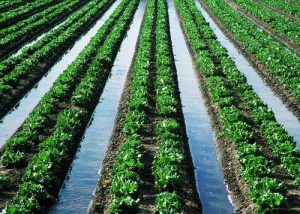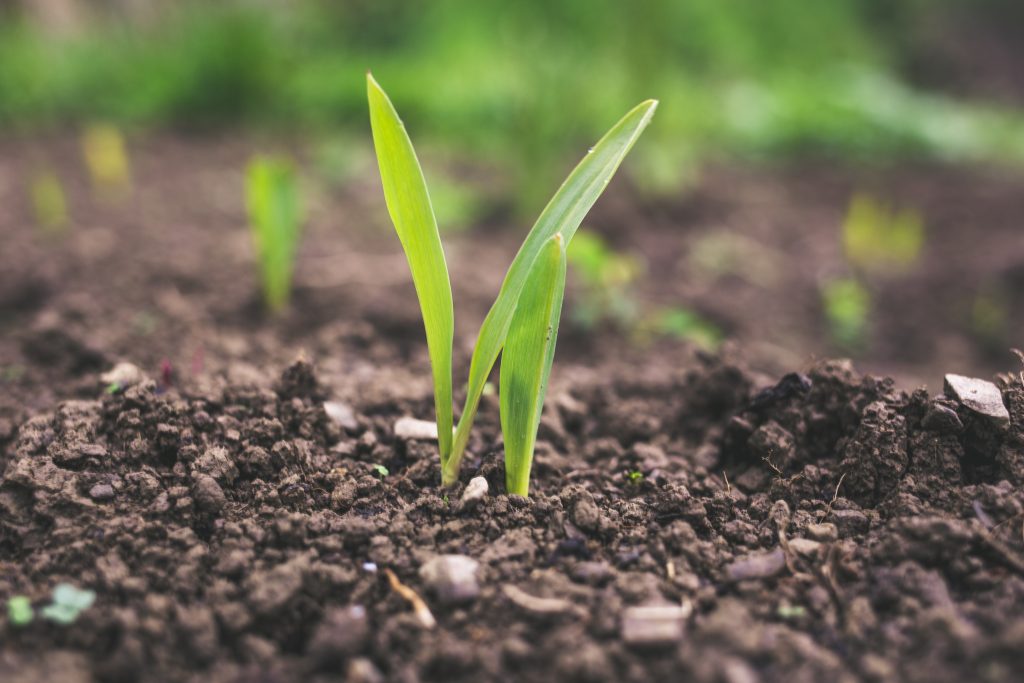On lifespan basis, we classify crops into three categories; the annuals, biennials and perennials. When we talk about lifespan, it basically is the period it takes a plant to grow from seed germination to fruiting or harvesting. We’ll be looking at some difference between annual, biennial and perennial crops.
Some crops do theirs in less than a year (from seed germination to harvest)and they’re known as annual crops, some for two years (biennial crops) and others posses the ability not to die harvest and keeps bringing fruits year after year (perennial crops).
The major difference between annual, biennial and perennial crops lies in their lifespan. Annuals have a lifespan of one year, biennials live for two years, and perennials persist for more than two years.
Highlights for difference between annual, biennial and perennial crops
- What are annual crops?
- What are biennial crops?
- What are perennial crops?
- Tabular difference between annual, biennial and perennial crops
- The bottom line
Read also: Difference between subsistence and commercial farming
What are annual crops?
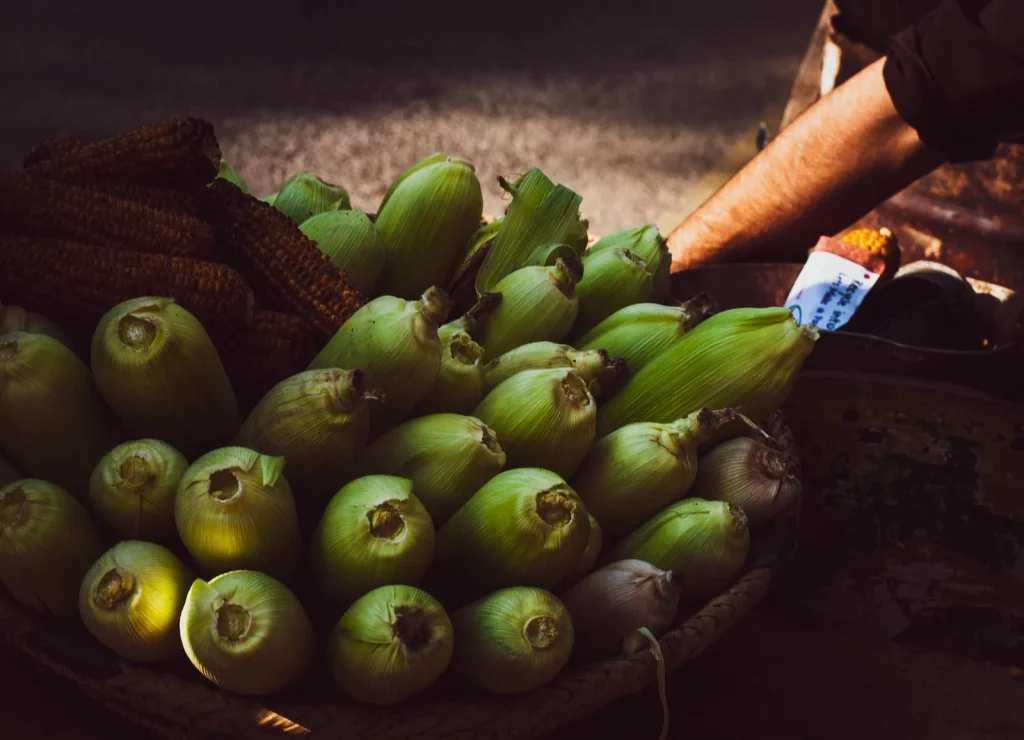
Annual crops are crops that complete their life cycle within a growing season or within a year. This means that from planting till harvesting takes one single year. They sprout, grow, bear fruits and die off within a year.
All herbs and plants belonging to the grass family exhibit this type of life cycle. Examples include; watermelon, corn, lettuce wheat, etc.
In most African countries, they grow in the rainy season and are most times harvested before the beginning of the dry season or the other way round. With respect to the traditional seasons, they are generally categorized into summer annuals and winter annuals.
Summer annuals germinate during spring or early summer and mature by autumn of the same year. Winter annuals germinate during the autumn and mature during the spring or summer of the following calendar year.
Read also: Meaning and importance of agriculture
What are biennial crops?
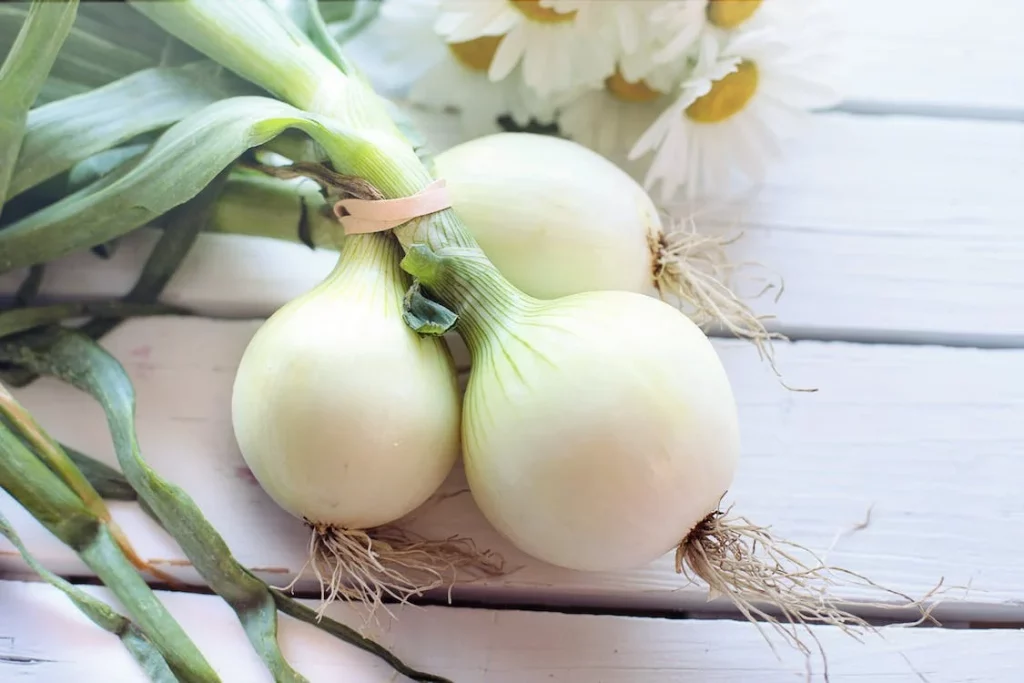
Biennial crops are crops that complete their life cycle within two(2) growing seasons or within 2 years. This means that from planting, flowering, fruiting and harvesting, takes two seasons. They sprout, grow, bear fruits and die off within two seasons.
Examples include members of the onion family including leek, some members of the cabbage family, etc.
One of the most economically important biennials is the carrot, which is harvested after a single growing season when the food organ, i.e. the edible root has achieved its greatest size. If left to go to seed, the food stored in the taproot will be used by the plant to fuel the growth of its reproductive structures during the second growing season.
What are perennial crops?
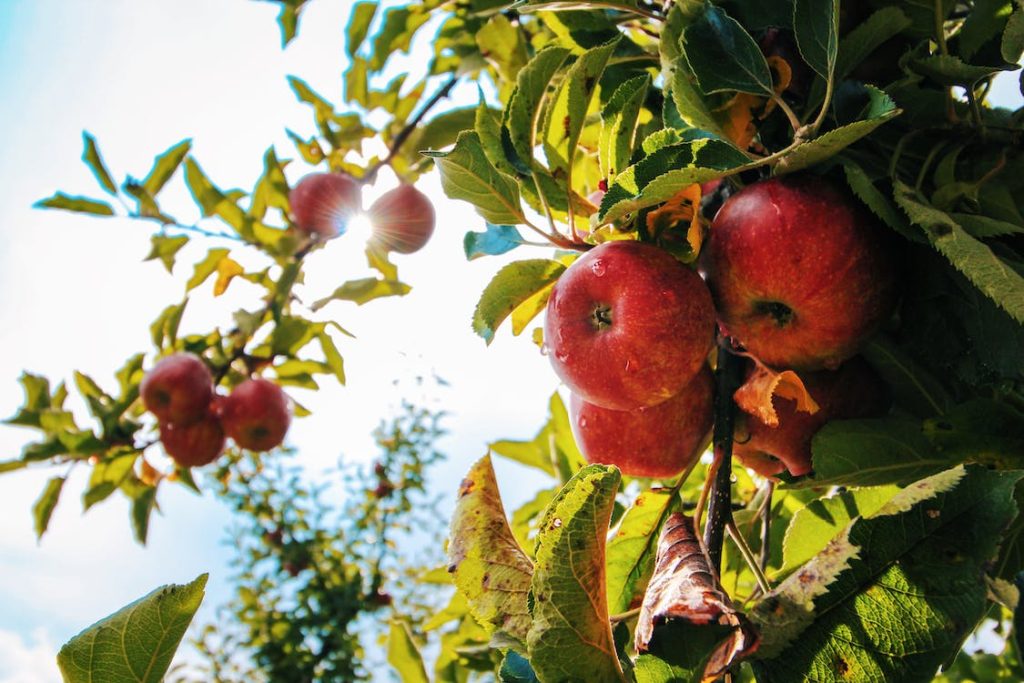
Perennial crops are referred to as permanent crops because they don’t need to be replanted after one season or two, they require a number of growth cycles before they produce fruits and they automatically flower to grow fruits for the next season after harvest. Most fruit and nut crops like mangoes, tangerines, oranges, coconuts, cashews, etc. are perennials.
Read also: Difference between monocot and dicot
Tabular difference between annual, biennial and perennial crops
| Annual crops | Biennial crops | Perennial crops | |
| Definition | Annual crops complete their life cycle within one growing season. | Biennial crops complete their life cycle within two growing seasons. | Perennial crops continue to live for more than two seasons. |
| Development | They grow, flower, bear fruits and die in the same season or year. | They grow leaves and stem in the first year. In the second year, they flower and fruit before they eventually die. | They continue to bear flowers and fruits for several seasons after growth. |
| Roots | Annual roots are usually shallow and fibrous | Biennial roots are also shallow and fibrous | Perennials have deeper roots than annuals and biennials. they have both fibrous and taproot systems. |
| Fruiting | Fruiting occurs in the first season | fruiting occurs in first and sometimes second season | fruiting takes time to occur as perennials take several seasons to develop before flowering and fruiting takes place |
| Crop type | Most annuals are food crops with little as vegetable crops | Most biennials are Vegetable crops with little as food crops | Most perennials are fruit crops |
| Examples | Examples of annual crops include; maize, rice, beans, sorghum, etc. | Examples of biennial crops include; carrots, onions, cabbages, etc. | Examples of perennial crops include; fruits (mangoes, tangerines), oil palm, bananas, etc. |
Read also: Difference between alpaca and llama
The bottom line
The major difference between annual, biennial and perennial crops is that annual crops complete their life cycle within one season, biennials complete theirs within two seasons and perennials continue to grow for several seasons before they eventually flower and fruit.
